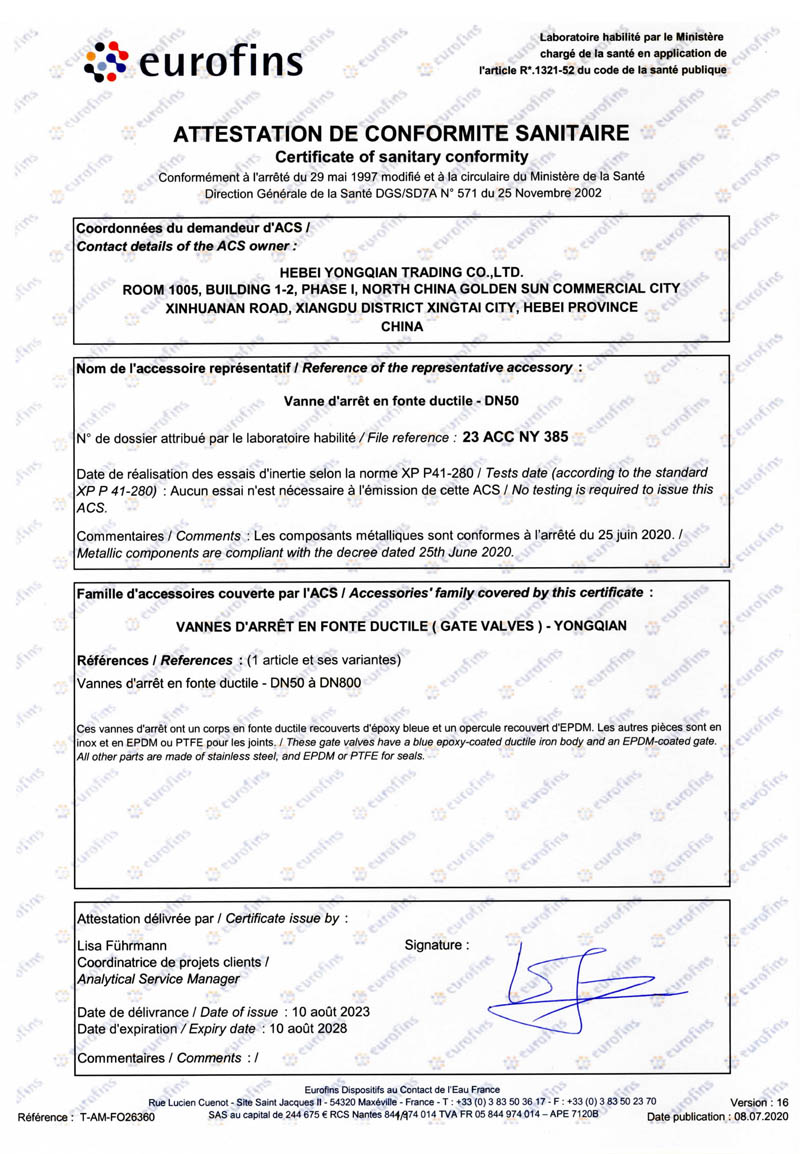Exploring the Importance and Design Features of PAS 170 Compliant Bollards for Urban Safety
The Significance of PAS 170 Bollards in Urban Safety and Aesthetics
In today's urban environments, the importance of safety and aesthetic appeal cannot be overstated. One of the key components in achieving this balance is the effective use of bollards, particularly those designed under the PAS 170 standards. These bollards are specifically engineered to enhance public safety while also contributing to the visual landscape of cityscapes.
What is PAS 170?
PAS 170 is a Publicly Available Specification that outlines the requirements and testing methods for architectural bollards. It was developed to provide guidance and ensure that bollards used in urban settings meet specific performance criteria related to safety, durability, and aesthetics. The standard encourages the manufacturing of bollards that can withstand impacts, thereby protecting pedestrians and public spaces from potential vehicular collisions.
Safety and Security
One of the primary functions of PAS 170 bollards is to enhance safety. These bollards are often deployed in high-traffic areas where pedestrian safety is paramount. For example, in city centers, borders of parks, or near shopping areas, these sturdy structures serve as a protective barrier, preventing vehicles from encroaching on pedestrian pathways. In a world where vehicular incidents can cause severe injuries or fatalities, the implementation of robust bollards significantly mitigates risk.
Moreover, PAS 170 bollards have been utilized in counter-terrorism efforts. Urban areas may be susceptible to vehicle-ramming attacks, which can have devastating impacts. By placing fortified bollards at strategic locations, cities can deter potential threats while ensuring that emergency services still have access to critical areas.
pas 170 bollards

Aesthetic Appeal
Beyond their functional benefits, PAS 170 bollards can positively influence the aesthetic quality of urban spaces. A well-designed bollard can accentuate the character of a street or public square. Available in various styles, materials, and finishes, these bollards can complement the architecture of surrounding buildings and the visual identity of the area.
Landscape architects and urban planners increasingly recognize the value of integrating safety features with design elements. By choosing bollards that are harmoniously designed with the environment, cities can create inviting public spaces that encourage foot traffic and community interaction. For instance, decorative bollards might incorporate local artistic elements, enhancing the cultural appeal of a neighborhood.
Environmental Considerations
In recent years, sustainability has become a significant focus in urban planning. PAS 170 bollards can also contribute to greener cities. Many manufacturers now produce bollards using recycled materials or eco-friendly processes. Furthermore, the durability of these products means they require less frequent replacement, reducing waste and the environmental impact associated with manufacturing and disposal.
Conclusion
PAS 170 bollards play an invaluable role in modern urban design, encompassing safety, aesthetics, and sustainability. As cities continue to evolve and grow, the demand for effective safety measures integrated with beautiful design will only increase. By prioritizing standards like PAS 170, urban planners and local governments can enhance public safety while simultaneously enriching the urban experience. The future of our cities will undoubtedly be shaped by such innovations, ensuring that they remain safe, inviting, and environmentally responsible for generations to come.
-
The Smarter Choice for Pedestrian AreasNewsJun.30,2025
-
The Gold Standard in Round Drain CoversNewsJun.30,2025
-
The Gold Standard in Manhole Cover SystemsNewsJun.30,2025
-
Superior Drainage Solutions with Premium Gully GratesNewsJun.30,2025
-
Superior Drainage Solutions for Global InfrastructureNewsJun.30,2025
-
Square Manhole Solutions for Modern InfrastructureNewsJun.30,2025
-
Premium Manhole Covers for Modern InfrastructureNewsJun.30,2025
